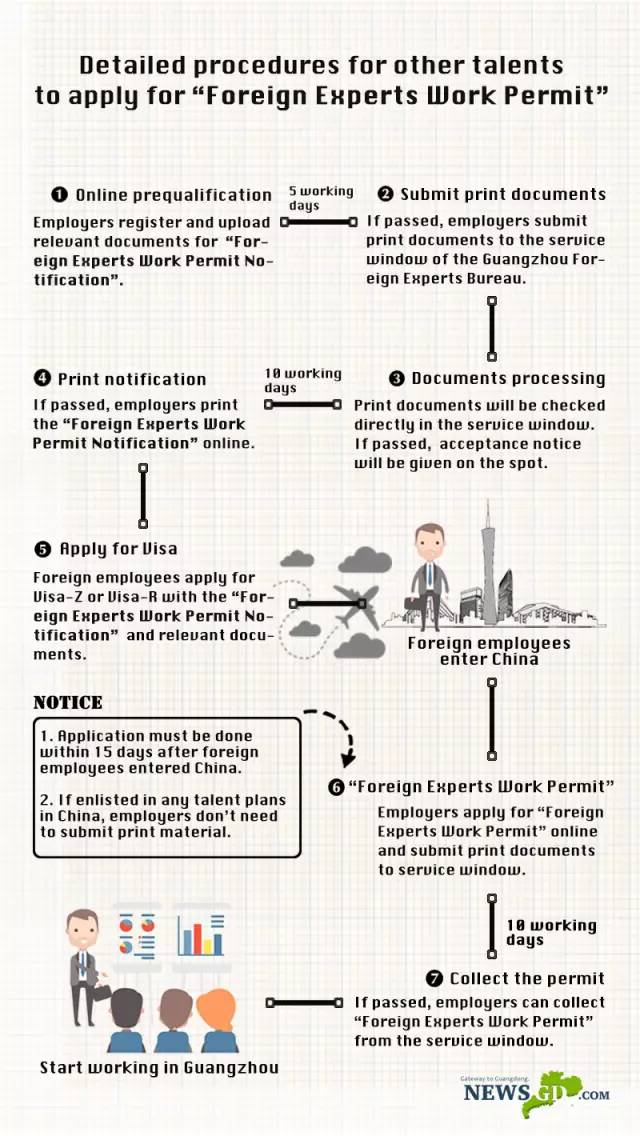Exploring the Most Effective Loan Forgiveness Plans for Student Debt Relief
#### Loan Forgiveness PlansIn recent years, student loan debt has become a significant concern for millions of Americans. With the rising costs of education……
#### Loan Forgiveness Plans
In recent years, student loan debt has become a significant concern for millions of Americans. With the rising costs of education, many graduates find themselves burdened with loans that can take decades to repay. In response to this crisis, various loan forgiveness plans have been developed to provide relief to borrowers. These plans are designed to alleviate the financial strain by canceling a portion or the entirety of a borrower's student loans under specific conditions.
#### Types of Loan Forgiveness Plans
There are several types of loan forgiveness plans available, each tailored to different professions and circumstances. One of the most well-known programs is the Public Service Loan Forgiveness (PSLF) program. This initiative is aimed at individuals working in public service jobs, such as teachers, nurses, and government employees. To qualify, borrowers must make 120 qualifying monthly payments under a qualifying repayment plan while working full-time for a qualifying employer.
Another notable program is the Teacher Loan Forgiveness program, which is specifically for teachers who work in low-income schools. Eligible teachers can receive forgiveness of up to $17,500 on their Direct Subsidized and Unsubsidized Loans after five consecutive years of teaching.

Additionally, there are income-driven repayment plans that can lead to forgiveness after 20 or 25 years of qualifying payments. These plans adjust monthly payments based on the borrower's income and family size, making it easier for those with lower earnings to manage their debt.
#### Eligibility Requirements
To benefit from loan forgiveness plans, borrowers must meet specific eligibility criteria. For instance, under the PSLF program, borrowers must be employed by a qualifying employer and make the required number of payments. It’s essential to keep accurate records of employment and payments to ensure eligibility.
For the Teacher Loan Forgiveness program, teachers must work full-time for five consecutive years in a qualifying school. The school must be designated as low-income, which is determined by the federal government.

Income-driven repayment plans also have eligibility requirements, including demonstrating financial hardship and providing documentation of income and family size. Borrowers should regularly review their repayment plans to ensure they are enrolled in the most beneficial option.
#### Application Process
Applying for loan forgiveness plans can be a complex process. Borrowers must complete and submit specific forms to their loan servicer to initiate the forgiveness process. For PSLF, borrowers should complete the Employment Certification Form annually or whenever they change employers to ensure their payments count toward forgiveness.
For the Teacher Loan Forgiveness program, eligible teachers must submit an application after completing the required five years of service. It's crucial to gather all necessary documentation, including proof of employment and loan details, to streamline the application process.

#### Conclusion
In conclusion, loan forgiveness plans offer a vital lifeline for borrowers struggling with student debt. By understanding the various programs available, their eligibility requirements, and the application process, borrowers can take proactive steps toward financial freedom. As the landscape of student loans continues to evolve, staying informed about these opportunities is essential for anyone looking to alleviate their debt burden. Whether you are a public service employee, a teacher, or simply someone seeking relief from student loans, exploring these forgiveness options can be a crucial step in achieving financial stability.